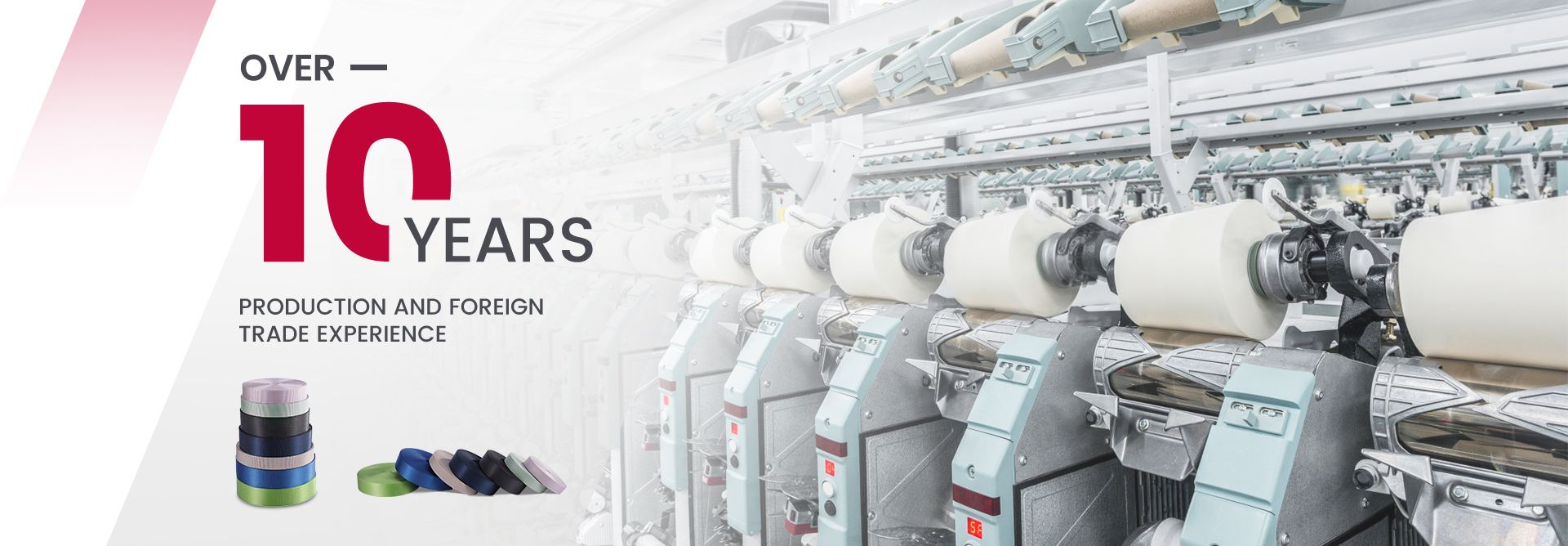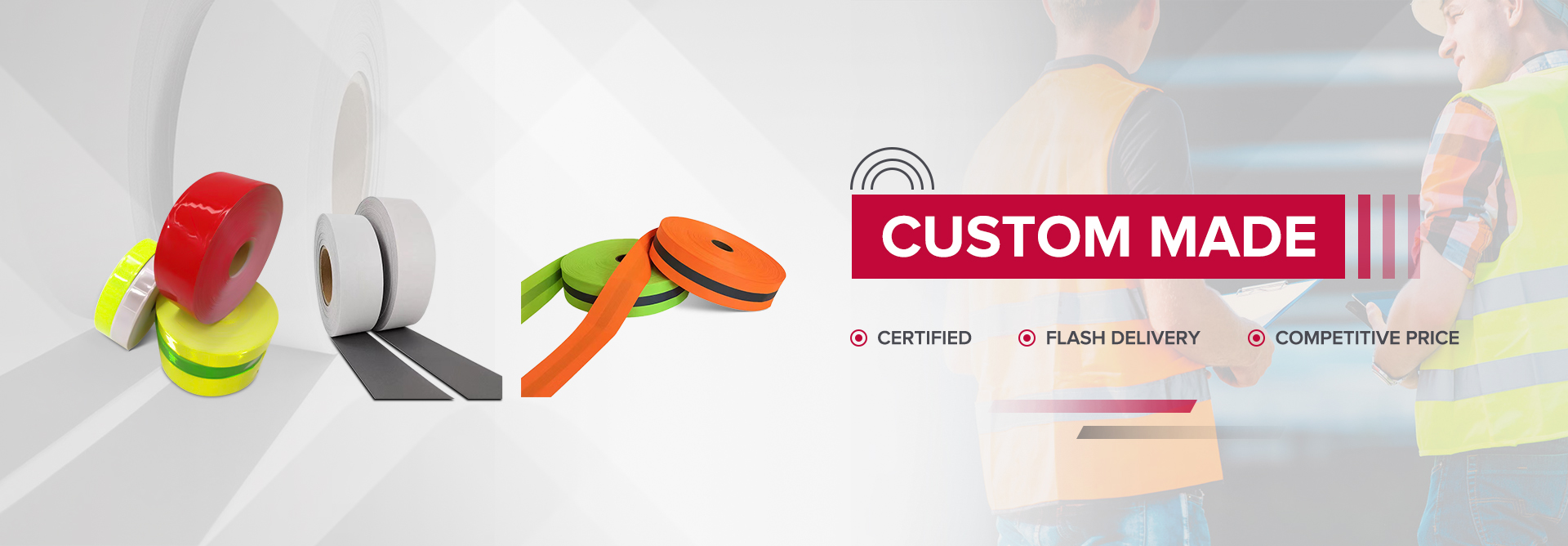Webbing tape, a crucial component in various industries such as automotive, aerospace, and outdoor gear, plays a pivotal role in ensuring the safety and durability of products. The wear resistance of flat webbing tape is a critical factor that directly impacts its performance and longevity. In this article, we will delve into the analysis of wear resistance performance of webbing tape, exploring the definition, testing methods, and the key factors influencing its wear resistance.
Defining Wear Resistance and Testing Methods
Wear resistance, in the context of synthetic webbing straps, refers to its ability to withstand friction, abrasion, and other forms of wear and tear over time. It is a measure of the material’s durability and longevity in real-world applications. Testing the wear resistance of webbing tape involves various methods, including wear tests and friction coefficient tests.
Wear tests, such as the Taber Abrasion Test and the Martindale Abrasion Test, simulate the repetitive rubbing or abrasion that webbing tape may experience during its lifespan. These tests provide valuable insights into the material’s ability to maintain its structural integrity and strength under abrasive conditions.
Friction coefficient tests, on the other hand, measure the resistance to sliding or rubbing against different surfaces. This test helps in understanding how the webbing tape interacts with other materials and the potential for wear and damage in practical usage scenarios.
Factors Affecting Wear Resistance of Webbing Tape
1. Material Hardness:
The hardness of the webbing tape material significantly influences its wear resistance. Harder materials tend to exhibit higher resistance to abrasion and friction, thereby enhancing the durability of the webbing tape.
2. Surface Coating:
The presence of protective coatings or treatments on the surface of the webbing tape can greatly impact its wear resistance. Coatings such as Teflon, silicone, or other polymers can provide a layer of protection against abrasion and reduce friction, thereby extending the lifespan of the webbing tape.
3. Usage Environment:
The environmental conditions in which the webbing tape is utilized play a crucial role in determining its wear resistance. Factors such as temperature, humidity, exposure to chemicals, and UV radiation can all contribute to the degradation of the webbing tape over time.
4. Load and Stress:
The amount of load and stress that the webbing tape is subjected to directly affects its wear resistance. Higher loads and repetitive stress can accelerate the wear and tear of the material, necessitating a higher level of wear resistance.
5. Manufacturing Quality:
The quality of the manufacturing process, including the weaving technique, yarn quality, and overall construction of the webbing tape, can significantly impact its wear resistance. Well-constructed webbing tape with uniform properties is more likely to exhibit superior wear resistance.
In conclusion, the wear resistance of elastic webbing tape is a multifaceted aspect that demands careful consideration in various industries. By understanding the definition, testing methods, and the key factors influencing wear resistance, manufacturers and designers can make informed decisions to enhance the durability and performance of webbing tape in their products. As the demand for high-performance materials continues to rise, the analysis of wear resistance in webbing tape becomes increasingly crucial for ensuring the reliability and safety of end-use applications.
Post time: Apr-17-2024



